 AD
AD
Today is: November 23
Scroll to explore events active on this date.
Additional Events on LEEP
LEEP INK FEATURES

August is Appropos
A toddler playing in the fountain at a park in Santa Fe, New Mexico—Photo LD Lewis. In August, we live through the Dog Days of Summer. It's hot and often humid, and those ...

September is Sassy
Can you hear that sigh of relief from parents worldwide? Yes! September marks the return of students to school, a global phenomenon. Preparations for the ACT and SATs begin earnestly for ...
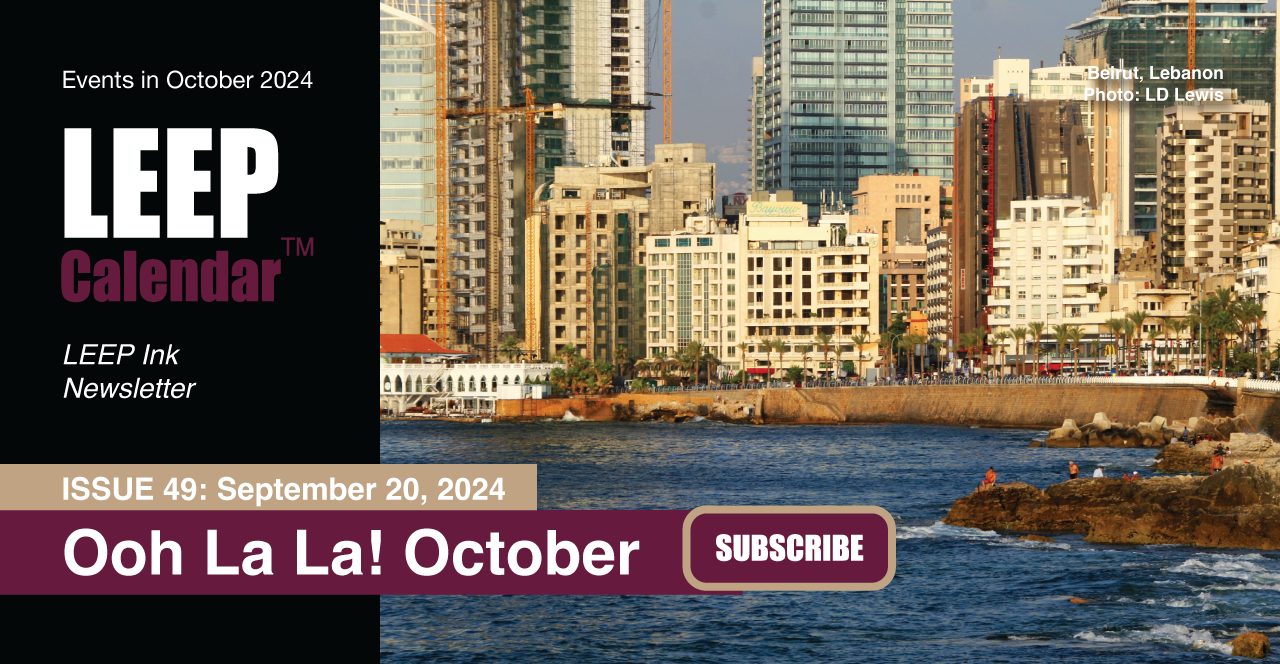
OOH LA LA, October
October is the busiest month for events, with 5% more happening than in May, the second most eventful month. Sailing enthusiasts will be glued to the finals of this year's Am...
About the National Day for Truth & Reconciliation
Education , Legal
Politics , Canada
Ends: Sep 30, 2025
DESCRIPTION:
Residential schools are a shameful part of our history that continue to have a deep and lasting impact on Survivors, their families, and their communities across the country. We cannot forget this truth. As Canadians, we must all learn about the history and legacy of residential schools. Only when we face the hard truths of our past, can we truly move forward together toward a better future.
The Prime Minister, Justin Trudeau, was joined today by the Executive Director of the National Centre for Truth and Reconciliation (NCTR), Stephanie Scott, the Minister of Crown-Indigenous Relations, Marc Miller, and Survivors from across the country to raise the Survivors’ Flag on Parliament Hill. This flag will fly in memory of the 150,000 Indigenous children who were forcibly separated from their families and communities to be sent to residential schools. It will honor the Survivors, their families, the communities whose lives were forever changed, and those who never came home.
The residential school system in Canada robbed Indigenous children of their childhoods. It attempted to assimilate them, forcing them to abandon their languages, cultures, spiritualities, traditions, and identities. Many suffered physical, emotional, and sexual abuse, and many never returned home. The painful legacy of the residential school system lives on today for Indigenous Peoples from coast to coast to coast.
The orange and white Survivors’ Flag was designed by the NCTR in consultation with Survivors from across Canada as an expression of remembrance and to be shared with all Canadians. It features nine distinct elements, each with a special meaning. For example, the seeds depicted underneath the family and children represent the spirits of the children who never returned home.
We still have work to do. Reconciliation is not the responsibility of Indigenous Peoples – it is the responsibility of all Canadians. It is our responsibility to continue to listen and to learn. The Government of Canada will continue to do just that and support First Nations, Inuit, and Métis in their healing journey. Together, we will build a better future for everyone.
VIDEOS
Currently, this event does not have supporting videos.
SUPPORTING DOCUMENTS
Currently, this event does not have supporting documents.
ADDITIONAL IMAGES
Currently, this event does not have supporting images.
Where would you like to go now?
 AD
AD

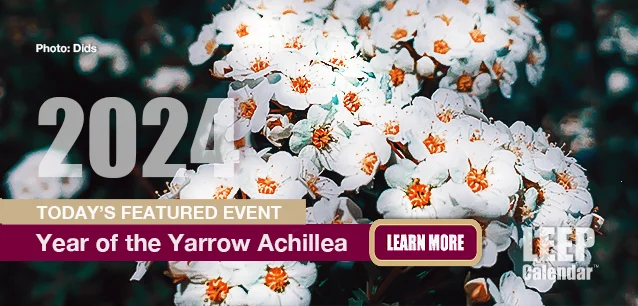
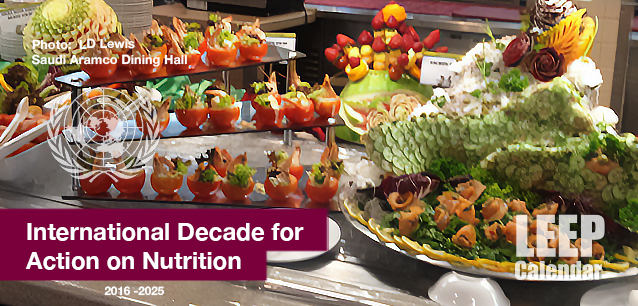
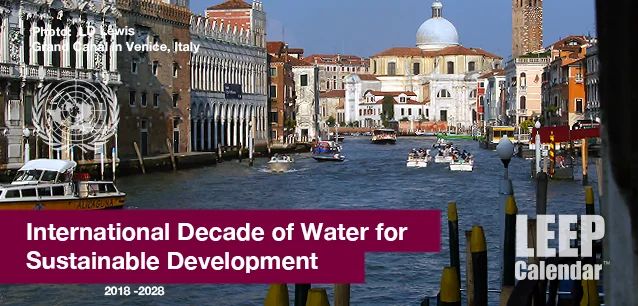
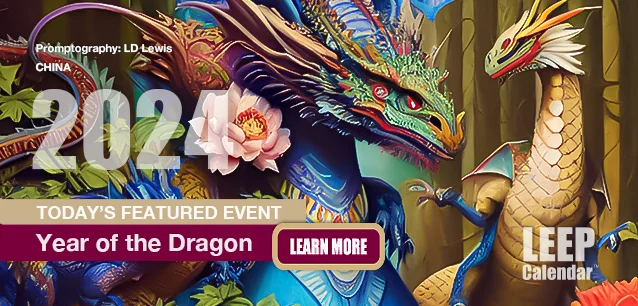
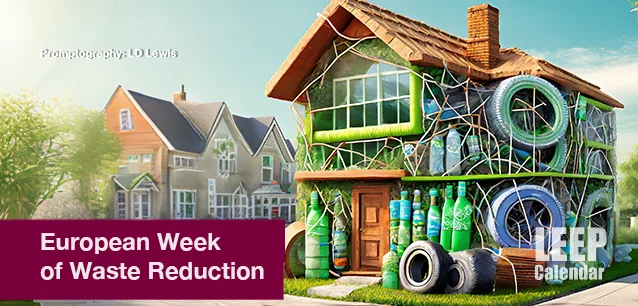


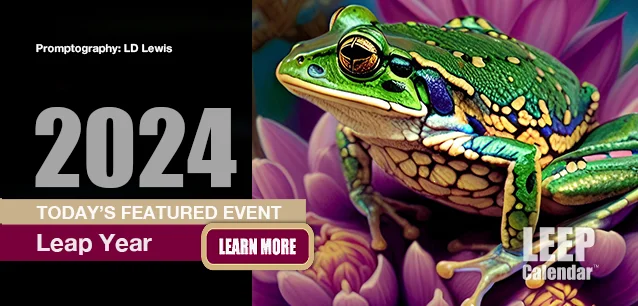
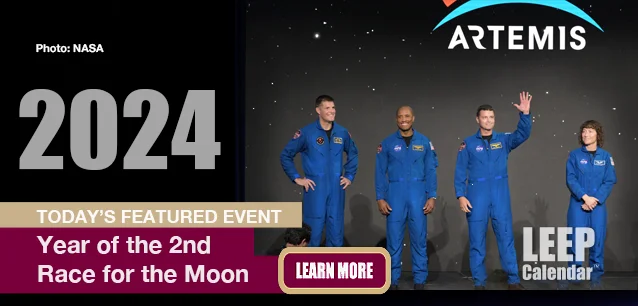
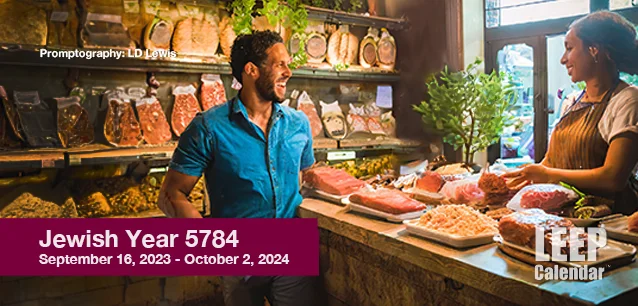
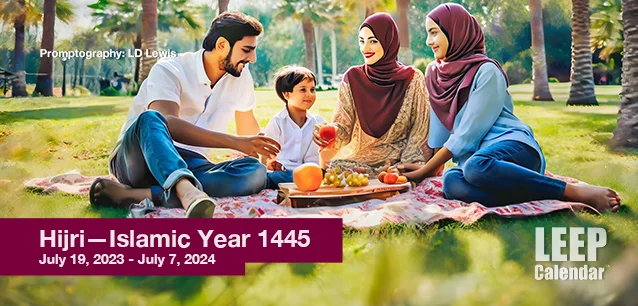
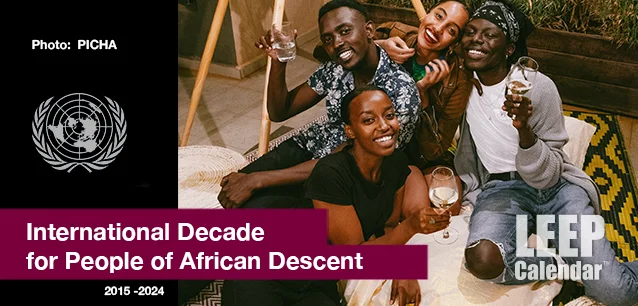
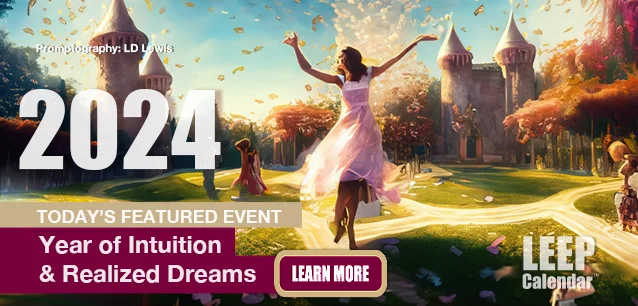
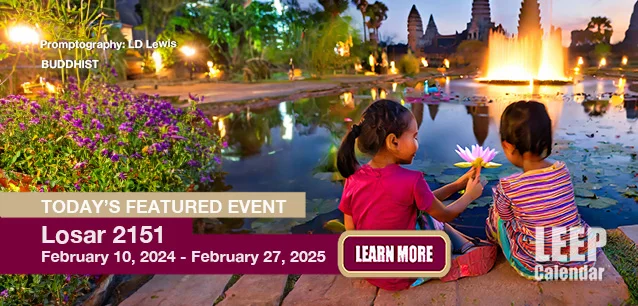
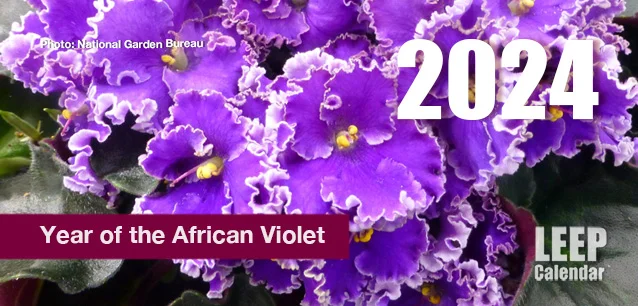
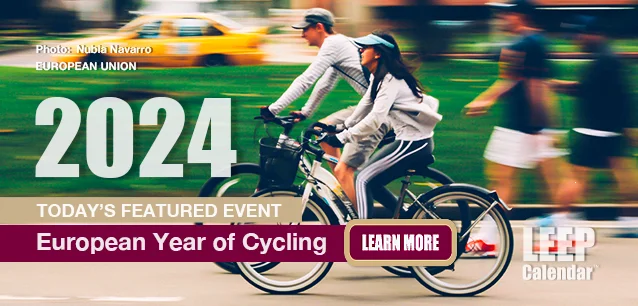
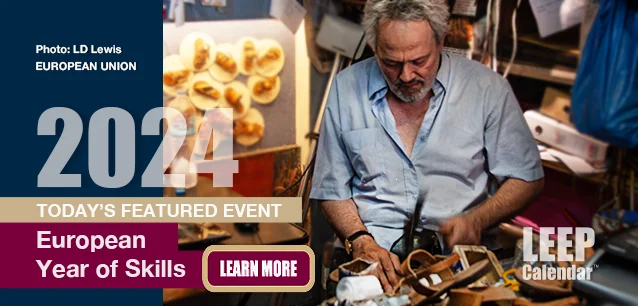



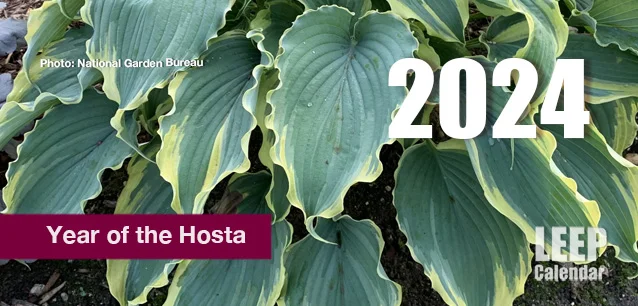
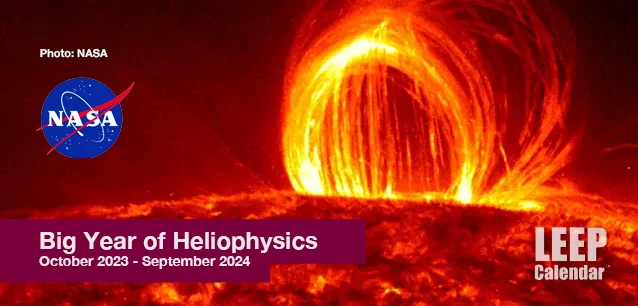
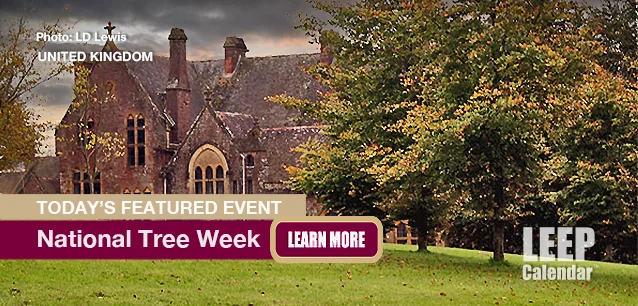
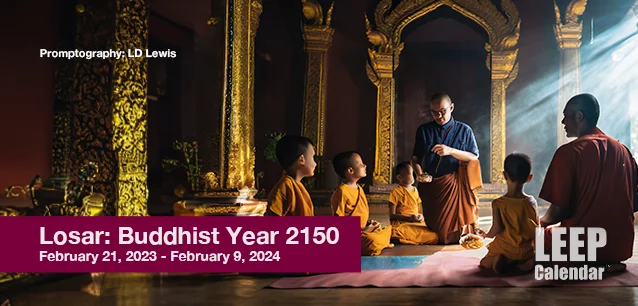

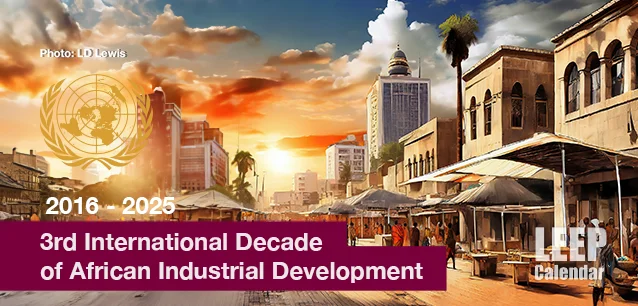
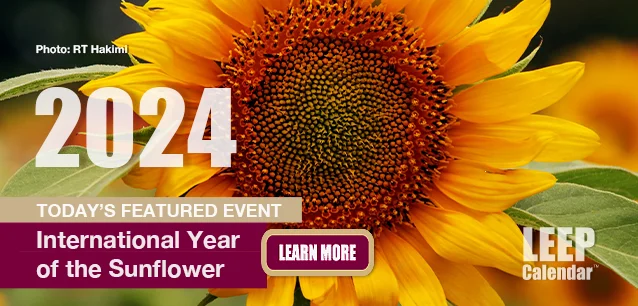
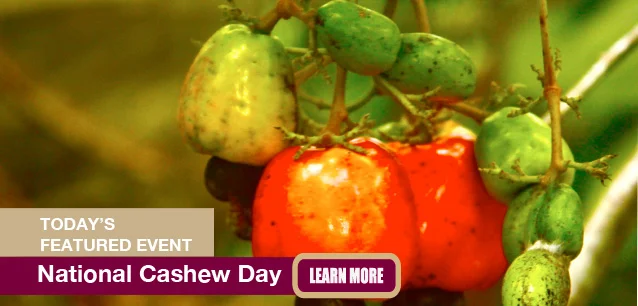
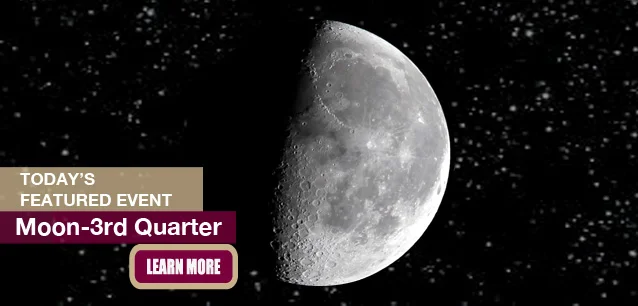
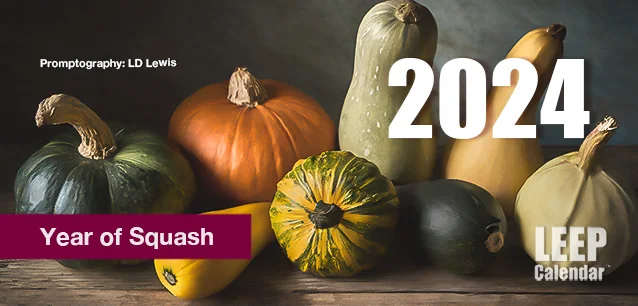
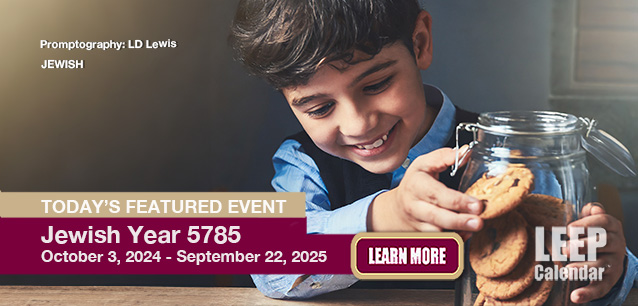
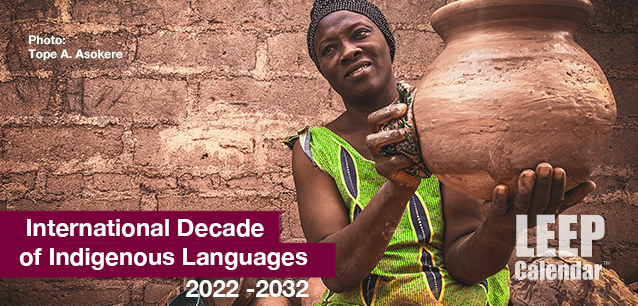

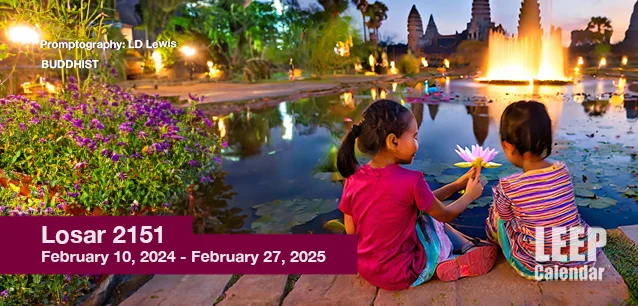

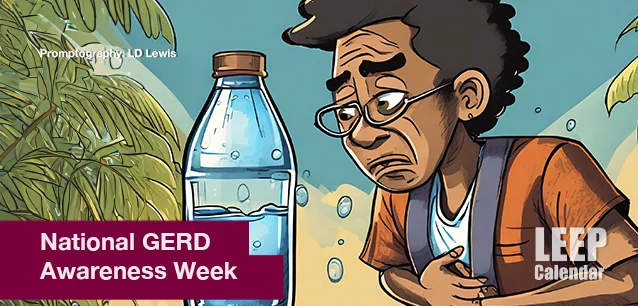
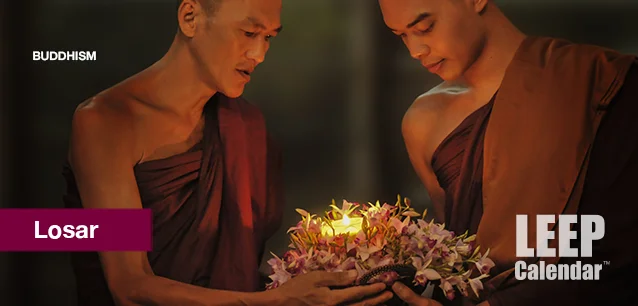
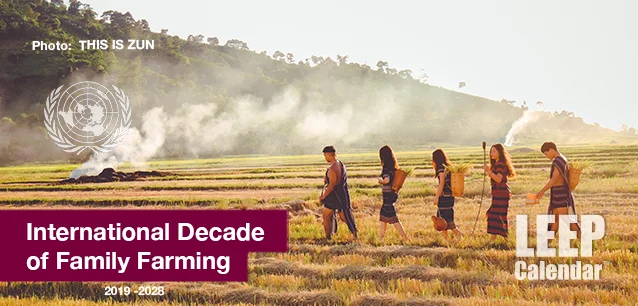


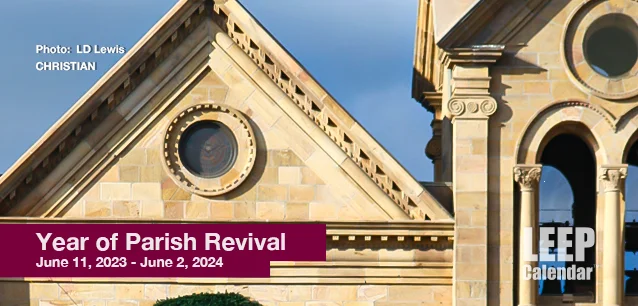
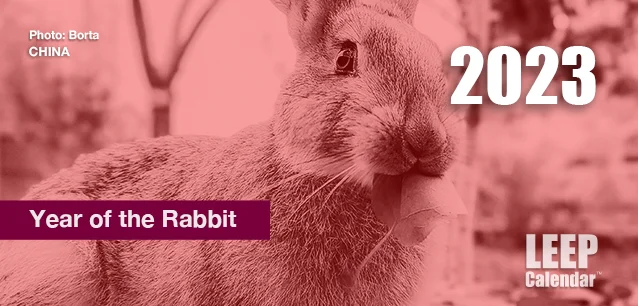
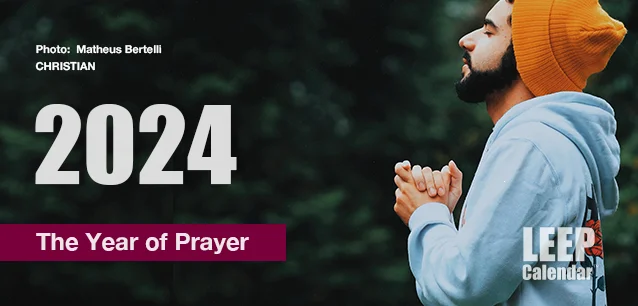
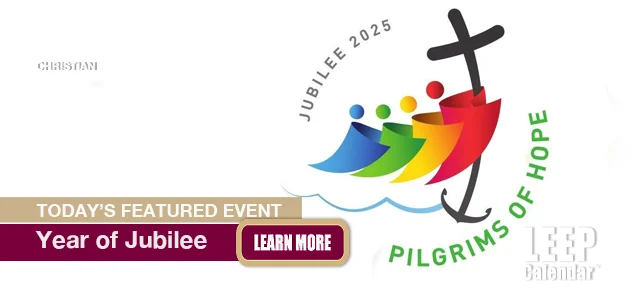
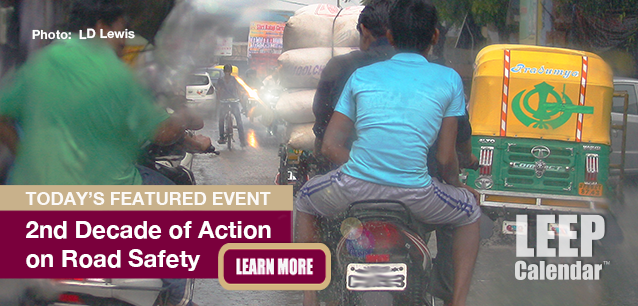
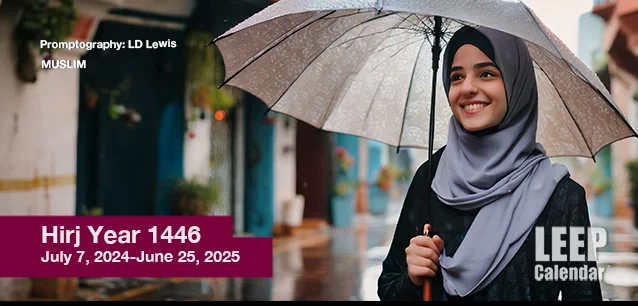
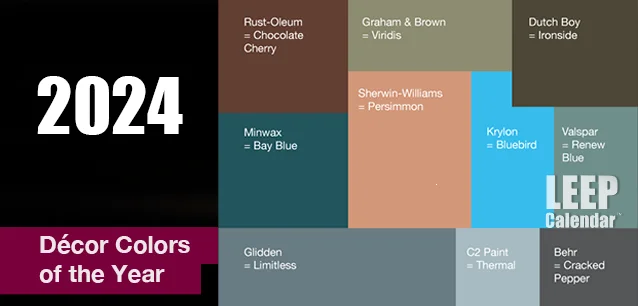
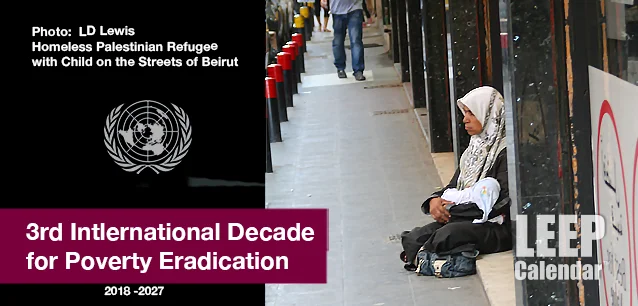
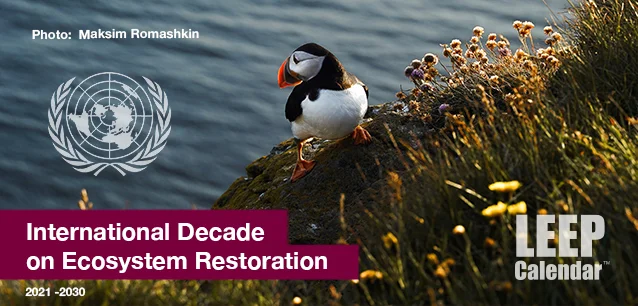
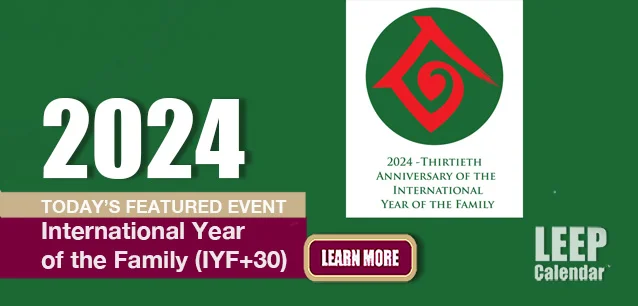
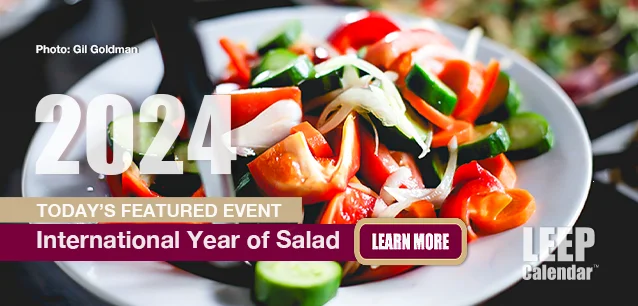
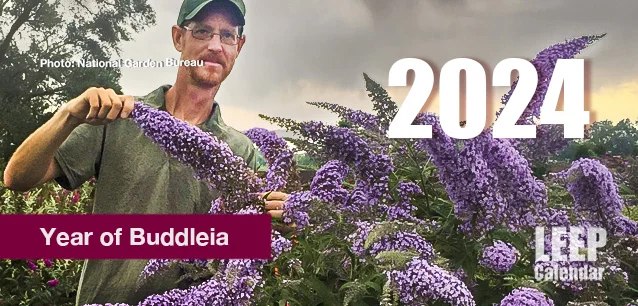

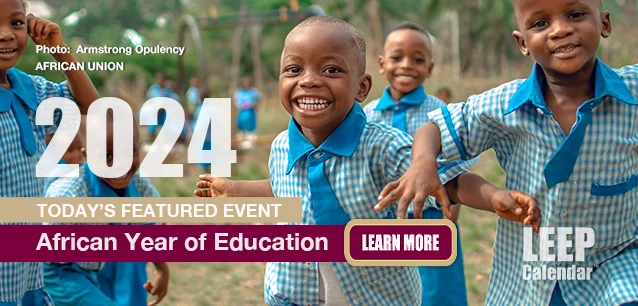
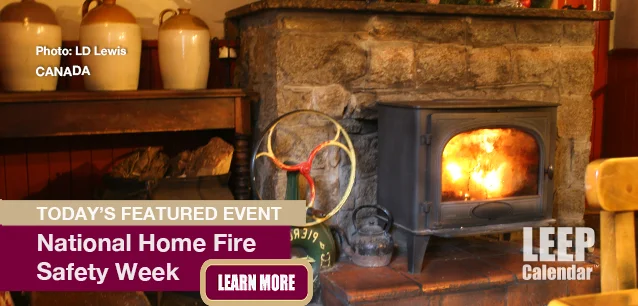
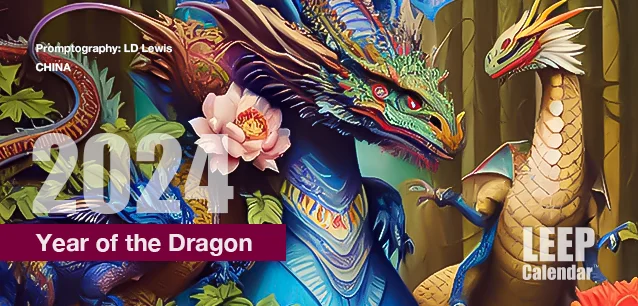
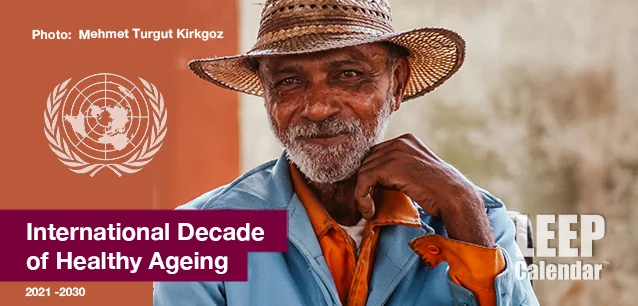
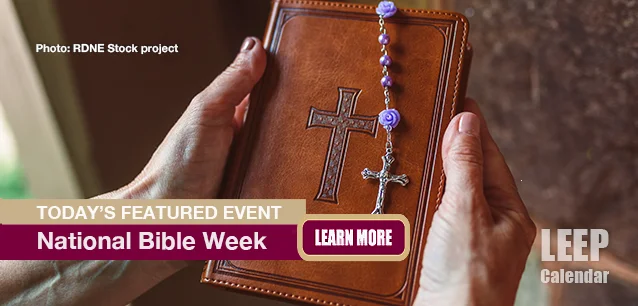
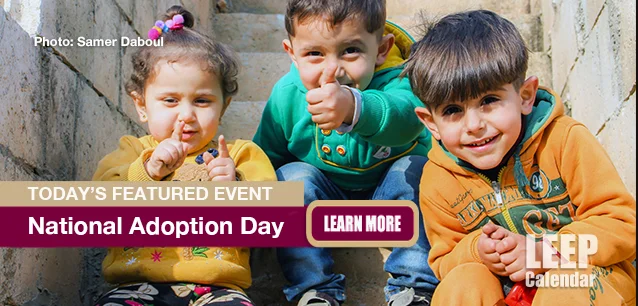


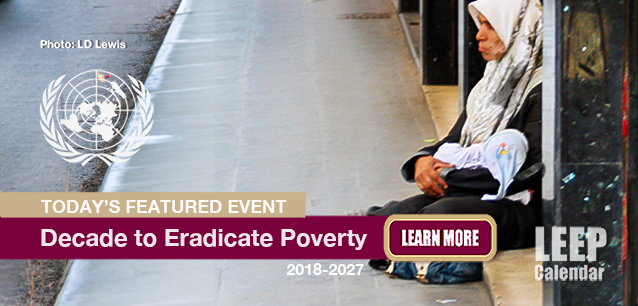
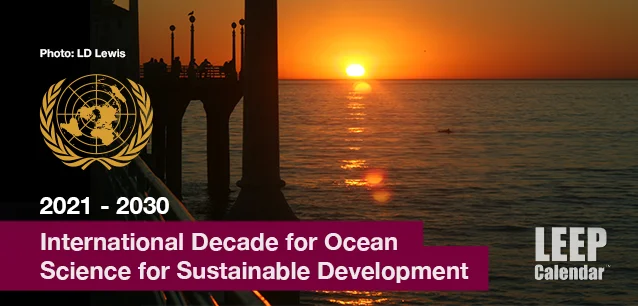
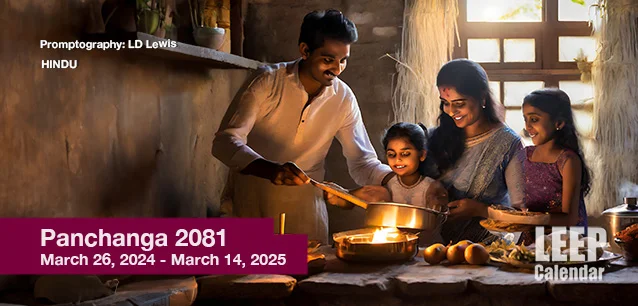


/footer-logo.svg)
